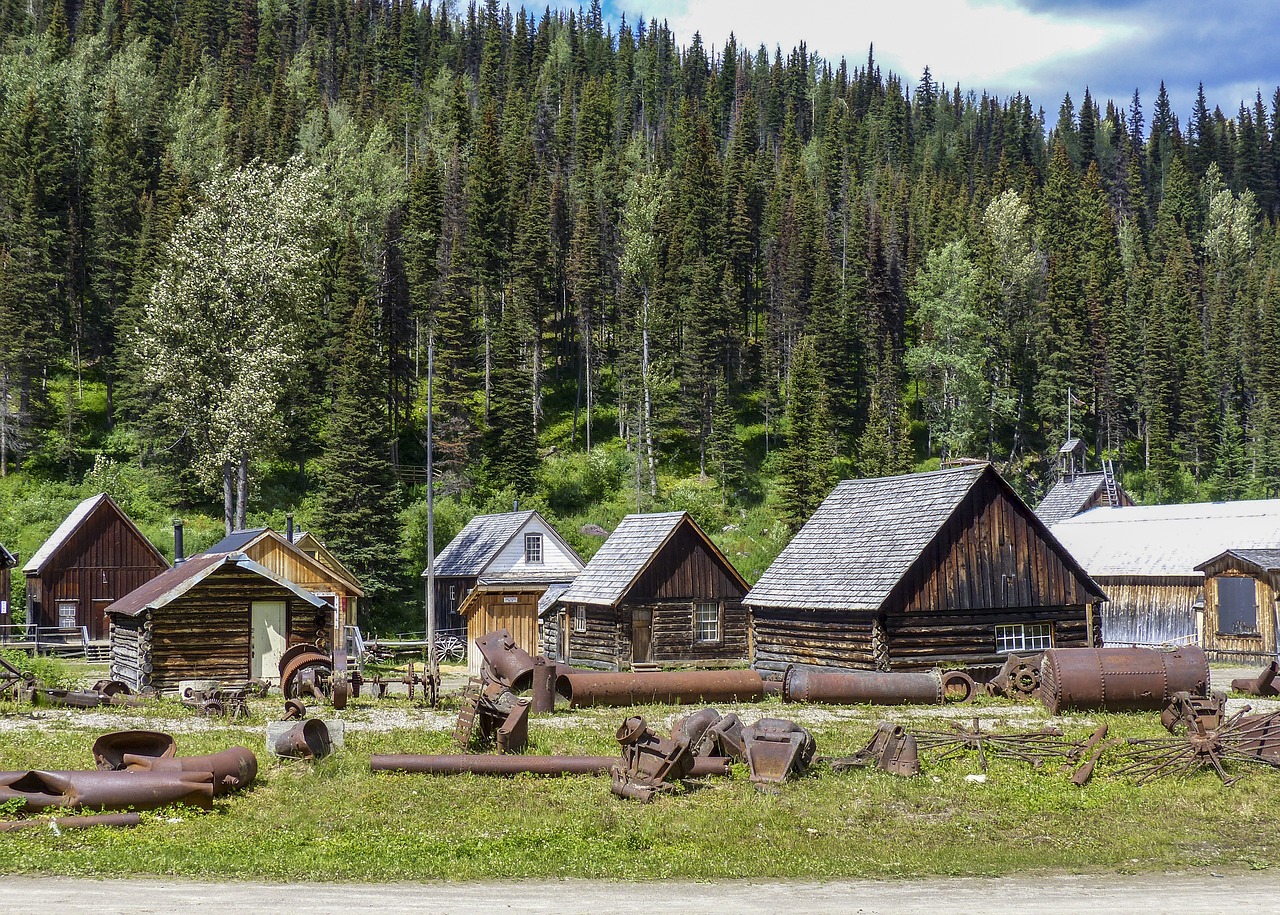The real estate market in urban areas and rural areas can differ in several ways. Here are some key differences.
Table of contents [Show] Urban Areas | Rural Areas | |
Demand and Population Density | Urban areas tend to have higher population densities and greater demand for housing and commercial spaces compared to rural areas. This high demand can lead to higher property prices and rental rates in urban areas. | In rural areas, the demand for properties may be lower, resulting in relatively lower prices. |
Property Types | Urban areas typically have a mix of residential, commercial, and industrial properties. Residential properties in urban areas often include apartments, condominiums, and townhouses, while commercial properties include office buildings, retail spaces, and shopping centers. | In contrast, rural areas are often characterized by predominantly residential properties, farms, and agricultural land. |
Infrastructure and Amenities | Urban areas generally have better-developed infrastructure, including transportation networks, schools, healthcare facilities, shopping centers, and entertainment options. These amenities make urban properties more desirable for many people. | Rural areas, on the other hand, may have limited infrastructure and amenities, which can impact property values. |
Investment Potential | Urban areas often offer higher investment potential due to the greater potential for appreciation in property values and rental income. The demand for properties in urban areas is generally more stable and diverse, attracting a larger pool of investors. | In rural areas, investment opportunities may be more focused on agricultural land, farm-related businesses, or specific rural industries. |
Lifestyle and Community | Urban areas tend to offer a more vibrant and diverse lifestyle with a range of cultural, educational, and recreational opportunities. | Rural areas, on the other hand, offer a quieter and closer-knit community environment, often appealing to those seeking a more peaceful and nature-oriented lifestyle. |
It's important to note that these are general differences, and there can be variations within urban and rural areas based on specific locations and local market dynamics. The real estate market in urban as well as rural areas can present opportunities and challenges, and it's essential to consider individual preferences, investment goals, and local market conditions when making real estate decisions.








